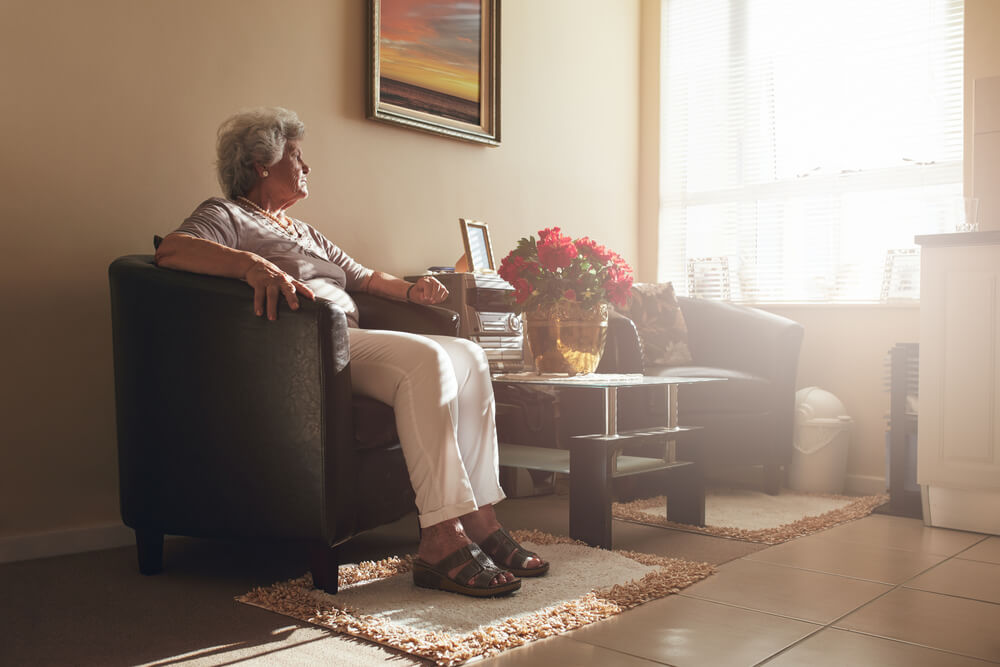Light sensitivity, glare problems, decrease in visual acuity and decrease in contrast sensitivity can lead to low vision in glaucoma patients. Glaucoma typically results in loss of peripheral vision as well. With a team approach that may include occupational therapists, low vision specialists and your glaucoma specialists, patients can learn to maximize their remaining good vision and still enjoy an independent active lifestyle.
Occupational Therapy for Low Vision secondary to Glaucoma
If you feel that your activities of daily living are being negatively affected by poorer vision as a result of glaucoma, your ophthalmologist may recommend that you seek help from an occupational therapist and low vision specialist. In many instances, an occupational therapist will come into your home to evaluate lighting layout to create a safer environment which maximizes your vison potential.

An Occupational therapist can show you new ways of performing daily tasks that factor your vision level.
Such tasks can include:
- Sorting medications: Specialized pill boxes and smart pill boxes are available to make compliance with glaucoma treatment. Coding your drop bottles.
- Using electronic devices to aid in managing glaucoma: Specialized magnifier; both portable and stationary, tablets, audio books, screen reading software.
- Modifying lighting: Effective lighting for glaucoma patients can not only help with vision but can also make the home a safer environment.
- Creating color contrast: Using highly contrasting colors together will help glaucoma patients distinguish household items more clearly.
- Occupational therapists and low vision specialists can teach glaucoma patients new techniques, such as visual tracking and visual scanning, to utilize their good vision in a more efficient way. Helping patients lead as normal a life as possible, with the ability to safely enjoy social and recreational activities, and accomplish routine tasks is the goal of occupational therapy.
Practical Household Tips for Patients with Low Vision Due to Glaucoma
Many simple changes can help patients with low vision function more easily. Incorporating these tips into your daily routine can help promote a healthy, safe, and satisfying lifestyle:
- Install non-skid rugs and grab bars to decrease the risk of accidental falls.
- Use contrasting colors whenever possible, such as placing dark food on a white plate or cutting light foods on a dark cutting board.
- Move any clutter, furniture, or appliances that may be a tripping hazard.
- Install and maintain good lighting to ensure all rooms are well lit. Use direct lighting to reduce glare.
- Stay organized by designating places for your personal and household belongings. Label tray dividers to hold smaller objects. Clearly mark regularly used settings on appliances and devices such as the washer, dryer, stove, microwave, and thermostat with nail polish or dimensional fabric paint.
- Request large print books and magazines when possible. Enlarge recipes and small print items on a photocopier or before printing.
- Separate clothes by color in the closet and hamper for matching purposes and easier sorting.
- Utilize online shopping and grocery delivery if driving with glaucoma is a problem.
The fellowship-trained ophthalmologist at Michigan Glaucoma & Cataract are committed to helping all our patients live full and active lifestyles. If your glaucoma is affecting your ability to perform daily tasks, or you would like more information on managing glaucoma or occupational therapy for glaucoma, contact our office for an appointment by completing an appointment request form or call us for an evaluation.

